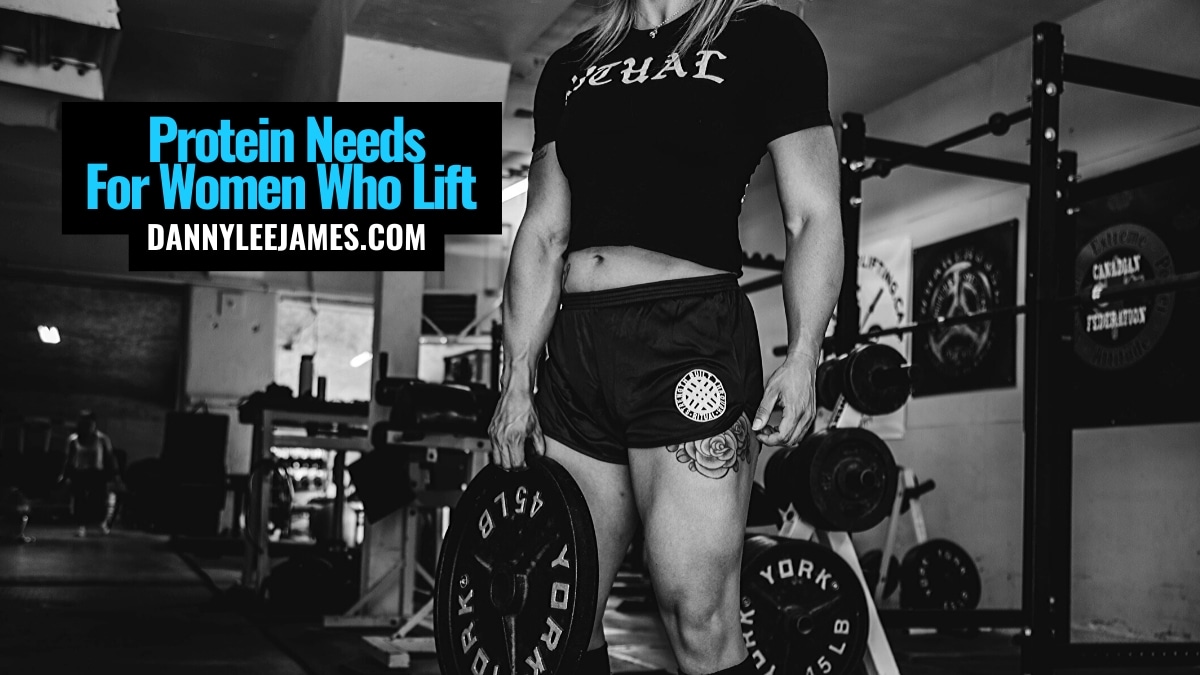Today we'll dip our toes into the rushing torrent that is comparing free weights to machines. It’s a debate that’s stood the test of time, firmly dividing gyms into an either-or camp. ‘Free weights vs machines' will likely outlive cockroaches.
So, let's see if we can add some value to the discussion.
Introduction
Now, we know that building lower body strength is fundamental for sports performance. And a necessary avenue to that end is to incorporate some form of squatting exercise.
Comparing free weight squats with machines, most people would assume the former was superior.
Yet, the body of research has produced conflicting results in this regard.
Which brings us to a cool study that came out recently comparing the leg-press with free weight squats on performance outcomes.

The Study
The aim was to determine if free weight squats really were better at improving strength, speed, jumping power and agility.
27 untrained, recreationally active women were chosen for this study.
Which is nice as most of the strength training research has been conducted on men.
And discounting the fact that new trainees need only to look at a weight for it to rain gains, let's move on.
Participants were block-randomised into three groups:
- Free Weight Squat using a barbell (FWS)
- Machine Squat using a hack squat machine (MS)
- Control (CON)
They then completed pre-and post-testing sessions consisting of the following:
- Squat 1-RM
- Vertical jump
- Pro-agility test
- Zig-zag change-of-direction (COD)
- 30-meter sprint
Training sessions were twice per week for 6 weeks of jumping, sprinting, and COD drills followed by MS, FWS, or CON.
Like most adolescent males, the Control group didn't perform any squats.
All squats were to 90 degrees of knee flexion, a 3 second eccentric and an explosive concentric phase for 3-6 sets.
Session one consisted of jumps and a squat exercise. Session two consisted of sprint and COD drills and finished with the squat.
At least 48 hours of rest separated each session.
Results
The results of this study are very interesting indeed.
The homerun was that the average and peak jump power increased more in the MS group than in both the FWS and CON groups.
Another surprise was that the MS group gained in body mass over the course of the study. More below.
Vertical jump height, pro-agility, 30-meter sprint, COD tests all improved with no difference between groups.
These findings support the use of machine-based squats for improving sports performance in untrained women.
And for getting bigger, perhaps.
This study also speaks volumes to the importance of the specificity principle.
This is because ALL GROUPS improved with task-specific training to a similar degree. Including the CON group, who did not lift.
While maximal strength improved for both squat groups, it didn't improve jump height, sprint, or COD performance any more.
It comes back to one simple idea: If you want to get better at a task, you need to be practising the specific task.
Some things to note
Why did jumping power and mass improve more in the MS group? This is a particularly interesting finding.
The MS group was the only group that saw a significant increase in bodymass. In spite of the extra mass, they were able to increase vertical jump height to the same degree as the other groups.
This is a big plus for the MS intervention.
Caloric intake was not controlled so there's no way of knowing if nutrition played a part.
The authors suggest the lower technical curve of machine-based training may have been a factor. Participants in the MS group would have been able to move some load with less concern for stability or technique. As a result force output would likely have been greater for MS, though this wasn't measured.
In fact, in another study (2) exploring the effects of free weights vs machines this was noted. Comparing the leg-press with a barbell squat on strength and speed-strength variables, they said:
‘’The leg-press has less requirements concerning balancing the weight and therefore, less muscle activity contributes toward stabilization.’’
Wirth, et al 2016
Free Weights vs Machines Roundup
All in all, it looks like machine-based training may be a viable option for performance enhancement. At least for new trainees during an initial training phase.
A study with moderate or well-trained individuals would be more telling. As would a comparison of different machines.
In this paper, a hack squat machine was used which closely resembles the barbell squat. Would the outcome have been different if participants used a leg press machine?
The squat is a vertical pressing motion while the leg press is a horizontal/vertical movement. The leg press also avoids the last 45 degrees of hip extension range.
Wirth, et al 2016 compared the effects of free weight squats and leg press on strength and jump performance (2,3). While both conditions improved strength, barbell squats were better for improving jump performance.
As always, the context of the training goal must be considered when comparing the effectiveness of different exercises.
In Summary
In summary, this was a fun study to pick through.
I see it as more of a nod to specificity than for machines over free-weights.
Both have their place depending on the context of the goal. However, it appears that overall, free weight training improves a broader set of variables.
Meanwhile, the free weights vs machines saga rages on.
In weight rooms across the globe are tribes that stand for one camp or the other. Stealing glares from across the floor. Each convinced the other is an idiot.
Never realising there are places where people live in perfect, happy harmony using both.
Daily riding that gain-train deep into the warming sunset.
Bless.
References
- A comparison of machine versus free-weight squats for the enhancement of lower-body power, speed, and change-of-direction ability during an initial training phase of recreationally-active women. Schwarz et al, 2019
- Effect of 8 weeks of free-weight and machine-based strength training on strength and power performance. Wirth, et al 2016
- The impact of back squat and leg-press exercises on maximal strength and speed-strength parameters. Wirth, et al 2016
Related
- How To Ruin Your Monday
- Squats, Muscle Damage and Recovery
- Analysis Of Push-Up Variations and Load
- Training To Failure Is Training To Fail
- When Best To Fail
- How Low Should You Squat?








[…] Rise of the Machines vs Free Weights […]
[…] Rise of the Machines vs Free Weights […]
[…] Rise of the Machines vs Free Weights […]
[…] Rise of the Machines VS Free Weights […]
[…] Strength training and plyometrics can make a dent here. Both are scalable at all levels. […]
[…] The more lengthened position comes with range of motion and muscle building advantages. The seated device is also more secure compared with the lying or upright variations. This can allow for more stability, force output, and less technique variation. […]
[…] The strength training sessions for both groups consisted of basic machine-based exercises. […]
[…] seated machine press typically offers a more guided and controlled movement compared to free-weight pressing. The fixed path may also result in more tricep recruitment toward the top of the press. […]